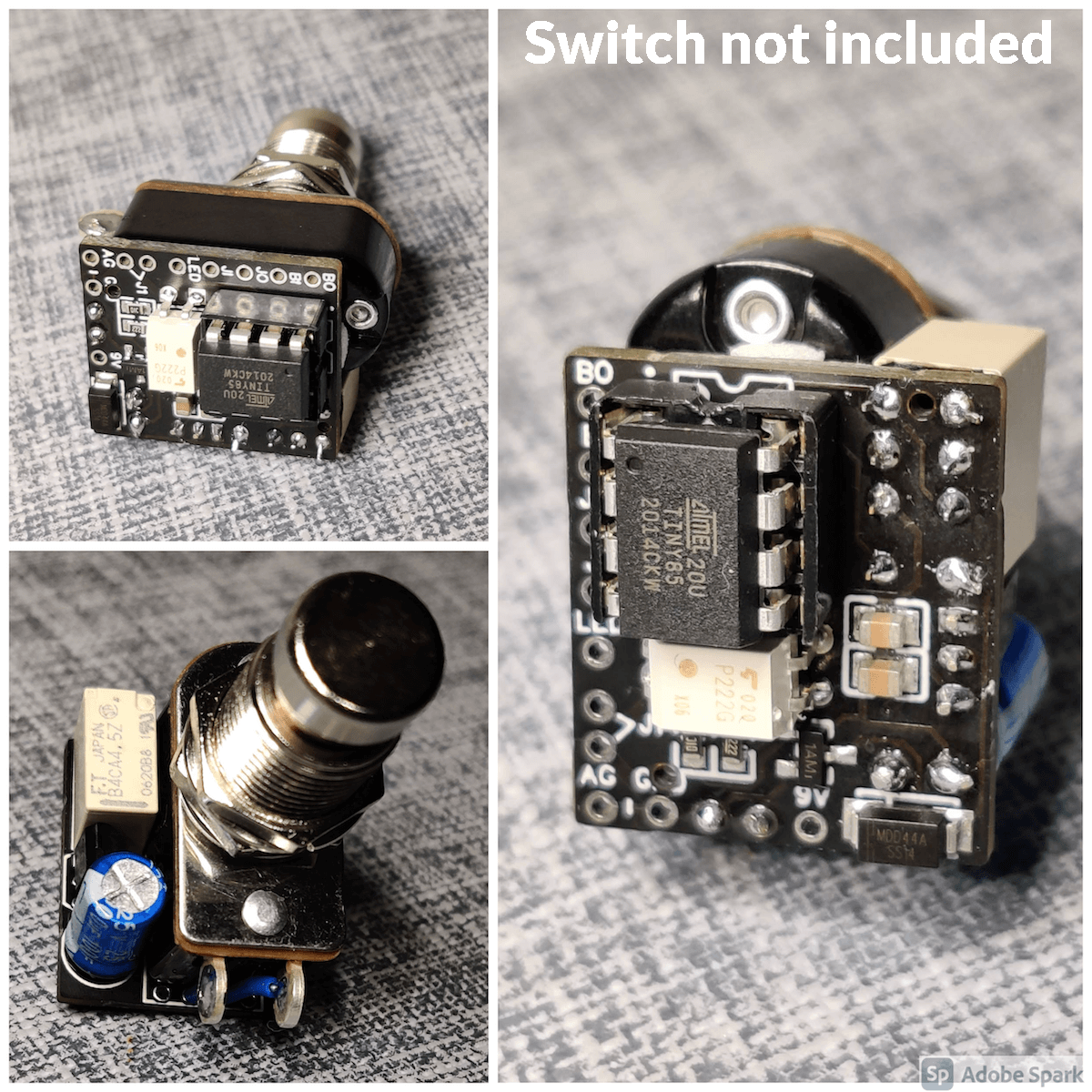finebyfine
Well-known member
I’m finally starting to get the appeal of relay switching, however long I am into this hobby. But I don’t really have a good grasp on what SPST footswitches are available out there in the same way that I have a preference for 3PDT switches that I could opine on for far too long if someone was unfortunate enough to get me started.
What switches do you like using for relays? Does it have an audible click, how’s the amount of force required?
Let’s pretend momentary 3PDTs don’t exist for the time being as well.
What switches do you like using for relays? Does it have an audible click, how’s the amount of force required?
Let’s pretend momentary 3PDTs don’t exist for the time being as well.





